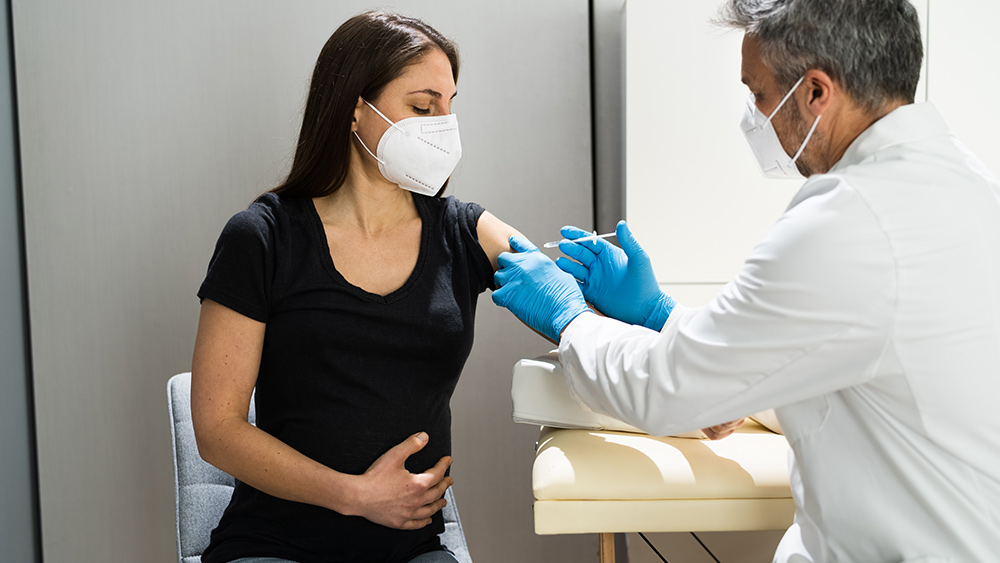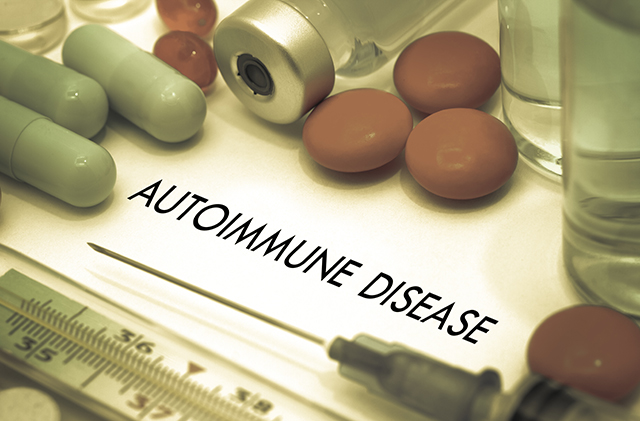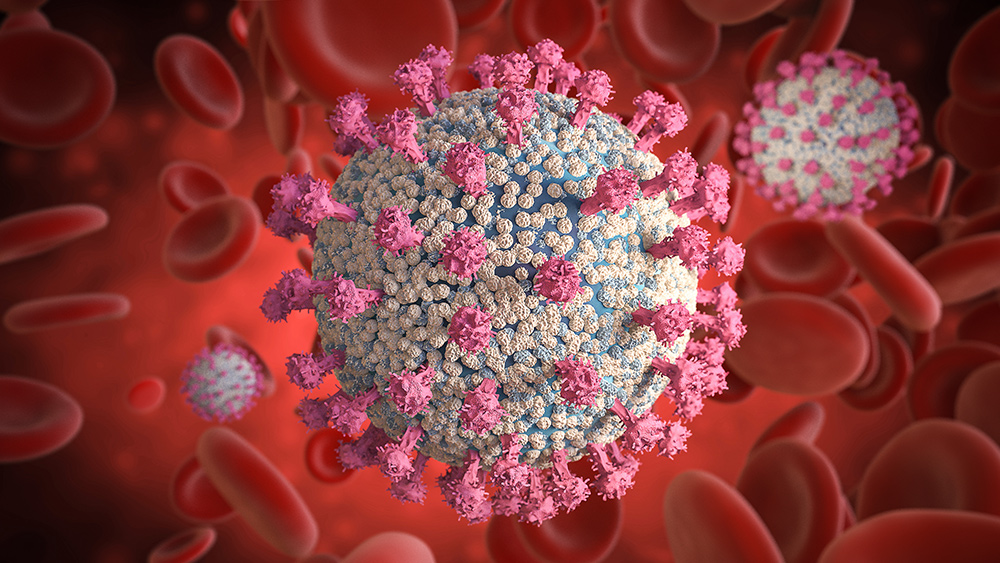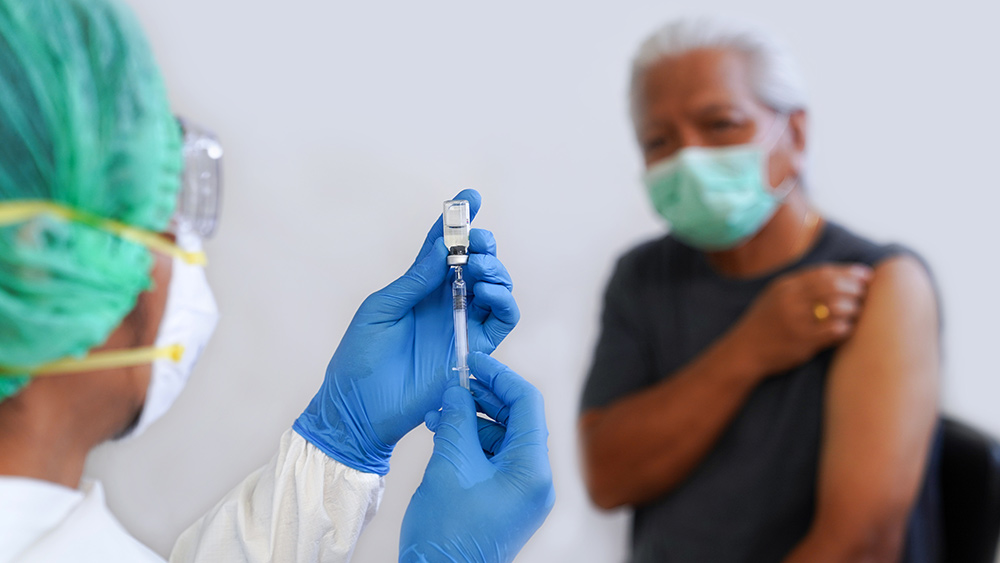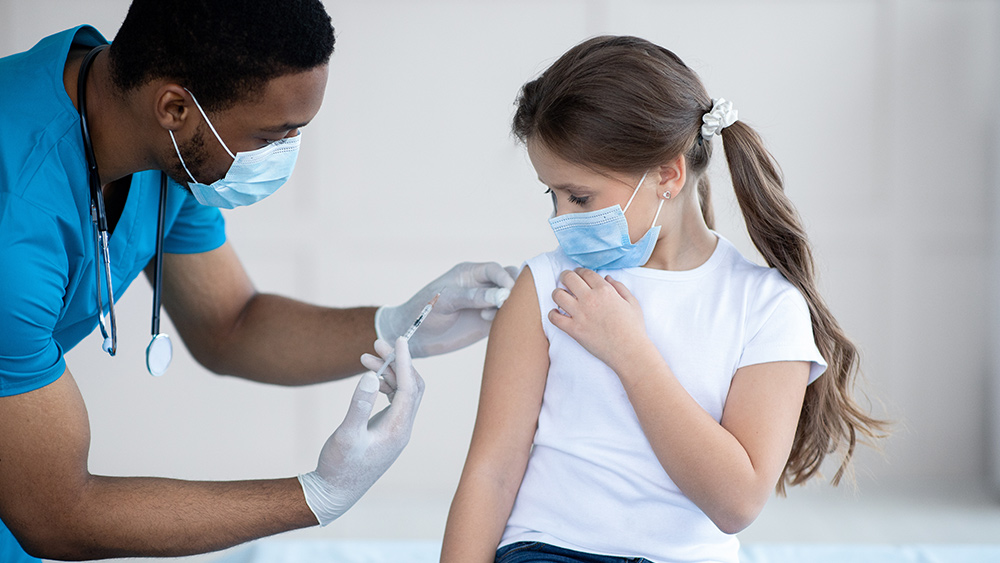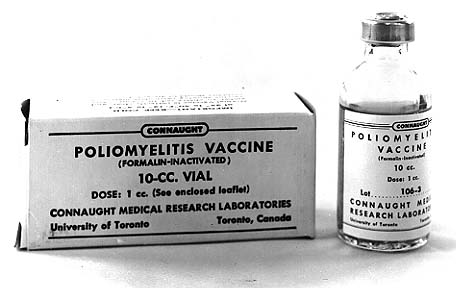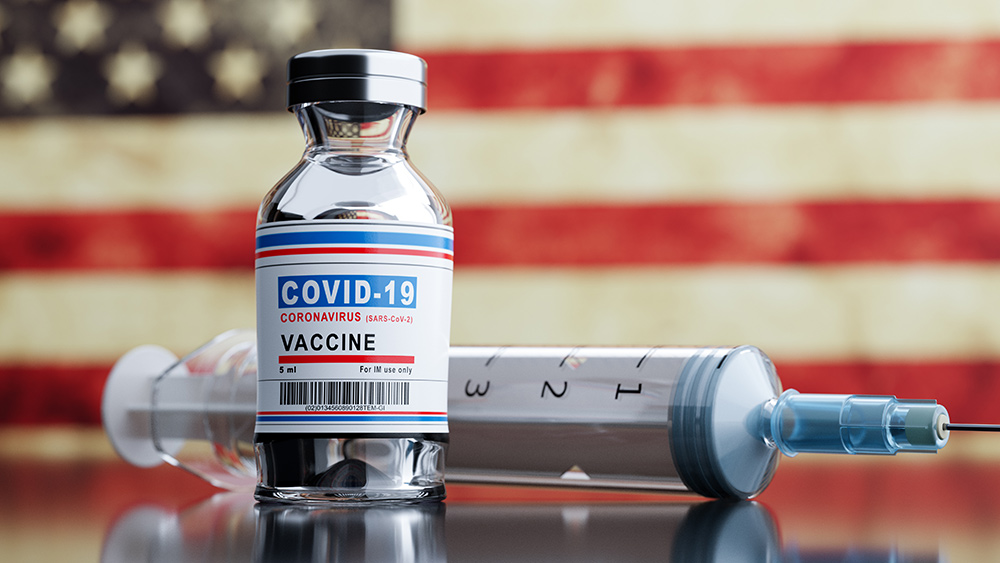Pfizer COVID vaccine trial shows alarming evidence of pathogenic priming in older adults
12/17/2020 / By News Editors

In the development of vaccines against coronaviruses like SARS-COV-1 and MERS in the early 2000’s, researchers found evidence of a serious problem. Teams of U.S. and foreign scientists vaccinated animals with the four most promising vaccines. At first, the experiment seemed successful as all the animals developed a robust antibody response to coronavirus. However, when the scientists exposed the vaccinated animals to the wild virus, the results were horrifying. Vaccinated animals suffered hyper-immune responses including inflammation throughout their bodies, especially in their lungs.
(Article by James Lyons-Weiler, PhD and Robert F. Kennedy, Jr. republished from ChildrensHealthDefense.org)
This issue is well known. Early in the COVID-19 scenario, Dr. Peter Hotez, of Baylor College of Medicine, testified before Congress about the dangers of accelerating coronavirus vaccine development, saying “(The) unique safety problem of coronavirus vaccines” was discovered 50 years ago while developing the Respiratory Syncytial Virus (RSV) vaccine.”
He went to register that this “‘paradoxical immune enhancement phenomenon’ means vaccinated people may still develop the disease, get sicker and die.”
Researchers had seen this same “enhanced immune response” during human testing of the failed RSV vaccine tests in the 1950s. The vaccines not only failed to prevent infection; 80% of the children infected required hospitalization, and two children challenged with the RSV died (see Openshaw, 2005). In April of 2020, Hotez told CNN, “If there is immune enhancement in animals, that’s a showstopper.”
There’s been a serious terminology problem with this issue. The problem, of course, is not “immune enhancement,” which sounds like something helpful to the immune system. In fact, it is quite the opposite. The problem is, in reality “disease enhancement”; in fact, that is what it was called in the original RSV study. Disease enhancement now appears to be caused by initial exposure to a pathogen’s proteins, or parts of proteins, which primes the body to autoimmunity. That is “pathogenic priming.” In COVID-19, every protein in the SARS-CoV-2 has at least one epitope that matches human proteins someplace in the human body. About one-third of the epitopes in SARS-CoV-2 virus that match human proteins match immune system proteins.
The Vaccines and Related Biological Products Advisory Committee Briefing Document on the Pfizer-BioNTech COVID-19 vaccine contains disturbing indications that might be a safety signal on pathogenic priming, especially in older adults. Before those are reviewed, there are fundamental issues with the classification of serious adverse events that reflect the short-term thinking and externalization-of-cost mindset of the vaccine safety science paradigm.
The first issue is the categorization of “Serious vs. Non-Serious” adverse events in the study and in the report. To a person experiencing neurologic adverse events including Bell’s Palsy, neuroinflammatory and thrombotic events, these events are not “non-serious” and can, over time, develop into life-threatening conditions that require continuous medical intervention and repeated billable office visits for care. The short-term study excludes any means of detecting whether the initial exposure may play a fundamental root cause role in setting up patients for life-long chronic illness. The vaccine adverse events themselves seen in the Pfizer study may be indicative of pathogenic priming, especially since more serious adverse events were seen with the second dose.
The second issue is that the design and analysis set-up of the study are biased against finding adverse events.
The report states:
“Among non-serious unsolicited adverse events, there was a numerical imbalance of four cases of Bell’s palsy in the vaccine group compared with no cases in the placebo group, though the four cases in the vaccine group do not represent a frequency above that expected in the general population.”
The comparison to baseline rates is meaningless because other vaccines are in use in the population. Thus, any risk due to the COVID-19 vaccine adds to or multiplies existing risk present in the population from other vaccines.
Among the 18-55 year-old participants, there were 370 solicited serious adverse events (SSAEs) in the vaccinated group and 73 in the unvaccinated. Of the vaccinated, 18% experienced SSAEs; in the placebo group, only 3% did, implying that SSAEs can be expected at a rate five times greater in the vaccinated compared to the unvaccinated.
These included severe fatigue, headache, chills, vomiting, diarrhea, muscle and joint pain. Whether these conditions represent instances of pathogenic priming, identifying individuals who are now at higher risk of serious morbidity and mortality if they become infected with SARS-CoV-2 is unknown, but given past studies, seems likely.
In the over 55 group, which was a smaller group, there were 60 SSAEs in the vaccinated group and 24 in the unvaccinated. Of the vaccinated, 6.5% experienced SAEs, compared to 1.4% in the unvaccinated, implying a 4.46 times increased risk overall of SSAEs due to vaccination.
However, in the older group, the vaccinated group was 10 times more likely to have a SSAE upon receipt of the second vaccine dose than the first dose compared to the 1:1 ratio in the unvaccinated. In the younger group, the vaccinated were only 3.61 times more likely to have second-dose SSAEs than the age-matched placebo group, which had about as many SSAEs in the first and second dose.
Animal trials insufficient
The patients in the study reviewed were healthy — and thus the spectrum of adverse events is not representative of those that might occur if the vaccine comes to market. In the previous animal trials, the first dose was a vaccine, but the second was natural infection, leading to severe injury and often death. In these human trials, both doses were from the vaccine, so it is also not reassuring that these adverse events did not include the more serious and deadly conditions that afflicted animals.
These human trials did not rule out pathogenic priming in any way. Both the Moderna and Pfizer animal studies, which used non-human primates, failed to examine organ sites other than lung, and while they studied potential markers of pathogenic priming, they failed to measure one: interleukin-5 (IL-5), which had been found in prior coronavirus studies to be elevated in conjunction with pathogenic priming-induced disease enhancement.
Recalling that animal studies conducted on prior COVID vaccines found pathogenic priming leading to disease enhancement in older animals more than younger animals, older adults may be at highest risk of serious chronic illness due to autoimmunity resulting from vaccine-induced pathogenic priming. Dr. Anthony Fauci has informed the public that these vaccines do not stop transmission. Therefore, the next dose of the viral proteins in the form of a natural infection for these study participants — a SARS-CoV-2 infection leading to COVID19 — may be their last. The study should be extended to long-term follow up, including any further vaccination or exposure to SARS-CoV-2 viral proteins by infection.
So why have the world’s top vaccine promoters, like Paul Offit and Peter Hotez, been warning us frantically about the unique and frightening dangers inherent in developing a coronavirus vaccine?
In this video footage, Offit, Hotez and even Fauci (in an unguarded moment), warn that any new coronavirus vaccine could trigger lethal immune reactions, “vaccine enhancement,” when vaccinated people come in contact with the wild virus. Instead of proceeding with caution, Fauci made the reckless choice to fast track vaccines, partially funded by Gates, without critical animal studies before moving into human clinical trials that could provide early warning of runaway immune responses.
Gates (in this video) is so worried about the danger of adverse events that he says vaccines shouldn’t be distributed until governments agree to indemnify against lawsuits. On Feb. 4, according to the Centers for Disease Control and Prevention (CDC) website, there were only 11 active CV cases in the U.S., yet the U.S. quietly pushed through federal regulations giving coronavirus vaccine makers full immunity from liability.
Are you willing to take the risk? Decide for yourself, based on the evidence.
Read more at: ChildrensHealthDefense.org and VaccineInjuryNews.com.
Submit a correction >>
Tagged Under:
adverse effects, Big Pharma, coronavirus, covid-19, deception, fake shot, harmful medicines, mainstream media, pandemic, Pfizer, pharmaceutical fraud, vaccines
This article may contain statements that reflect the opinion of the author
RECENT NEWS & ARTICLES
VaccineDamage.News is a fact-based public education website published by Vaccine Damage News Features, LLC.
All content copyright © 2018 by Vaccine Damage News Features, LLC.
Contact Us with Tips or Corrections
All trademarks, registered trademarks and servicemarks mentioned on this site are the property of their respective owners.





